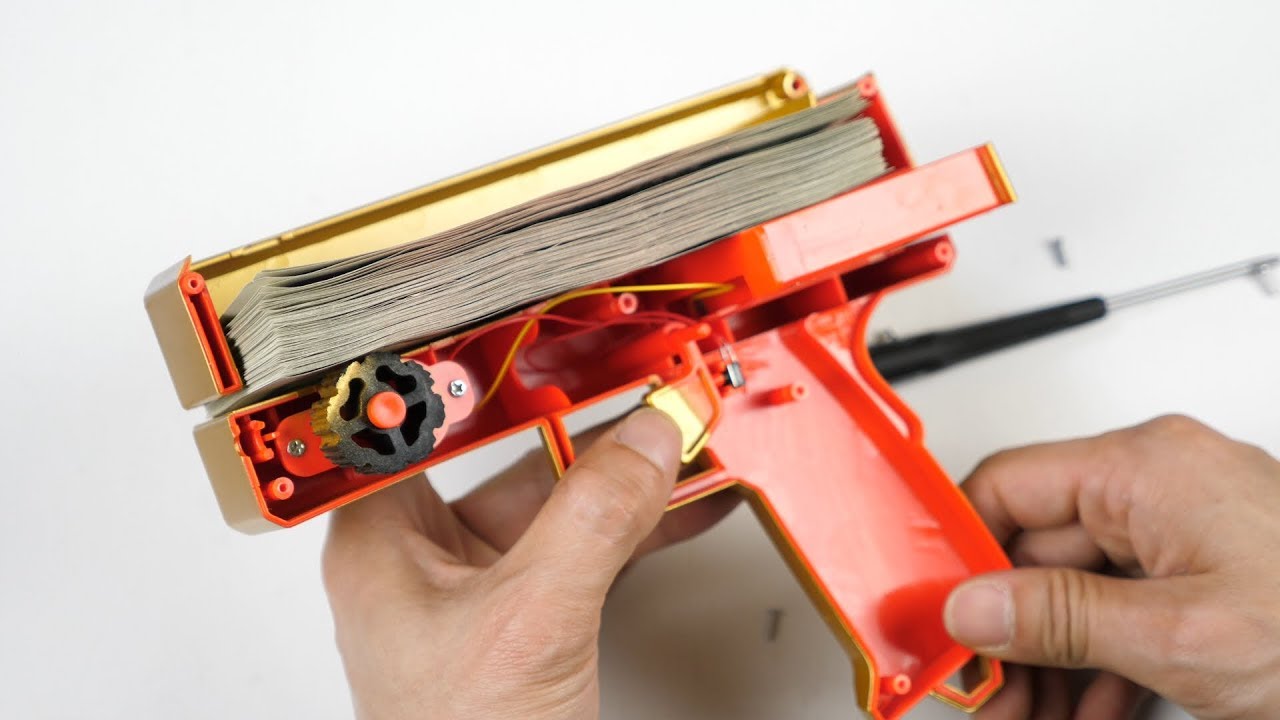Ever had to prove your income but realized there’s no boss to back you up? That’s a common challenge for freelancers, consultants, and entrepreneurs. Unlike traditional employees who can ask HR for proof of employment, self-employed professionals must create their paper trail. Whether applying for a loan, renting an apartment, or securing a new contract, having the right documentation makes all the difference. This guide explores how self-employed individuals can prove their income and job status confidently and professionally.
Why Proof of Income Matters for the Self-Employed?
When you’re self-employed, your income isn’t always fixed, which can make others hesitant when approving financial transactions. Whether it’s a landlord, lender, or service provider, people need reassurance that you have a stable source of income.
Having reliable proof builds trust and opens doors that might otherwise remain shut. It’s especially important for big life decisions like buying a home or leasing office space. With the right approach, you can demonstrate that your financial situation is just as solid as someone with a 9-to-5 job.
Understanding What Qualifies as Income Verification
Self-employed professionals often rely on a mix of documents to prove income. These can include tax returns, bank statements, client invoices, profit-and-loss statements, and an employment verification letter created by the individual.
Each document plays a role, but together, they paint a clear financial picture. For instance, tax returns offer a yearly snapshot, while recent bank statements show current earnings. Including several sources of proof helps build a more credible and complete case.
Creating a Professional Job Verification Letter
A job verification letter isn’t just for traditional jobs—it’s a helpful tool for freelancers, too. You can write one yourself, outlining your role, the nature of your work, how long you’ve been self-employed, and your average income.
Make sure to keep the tone professional and include details like your business name, contact information, and client industries. You can even attach backup documents like tax forms or client contracts to add weight. Tools from companies like Adobe make it easy to design, sign, and share these letters securely and professionally.
Organizing Your Financial Records the Smart Way
Being self-employed means wearing many hats, including that of your bookkeeper. Organizing your income records is not just good practice—it’s crucial when you need to prove your job status.
Use spreadsheets or accounting tools to track payments, categorize income, and generate monthly reports. Keeping digital copies of invoices, receipts, and client communications can save you time and stress later.
When and Where You’ll Need Proof of Income
There are several situations where you might be asked to show proof of self-employment. Common examples include applying for a mortgage, signing a rental lease, getting a business loan, or purchasing insurance.
Even some freelance platforms and high-value clients may request income documentation before starting work. Being prepared with your employment letter and financial documents ensures you’re never caught off guard. It’s all about presenting yourself as the professional you are, backed by real numbers and reliable evidence. Proving income and job status as a self-employed professional may take more effort, but it’s entirely doable with the right tools and planning. From crafting a solid employment verification letter to organizing your records, each step helps build your credibility. These documents show that being your boss doesn’t mean flying under the radar—it means managing your career with professionalism. By staying ready with the proper paperwork, you make it easier to access the services and opportunities you deserve. So, get your documents in order and show the world you’re as reliable as any traditional employee.





